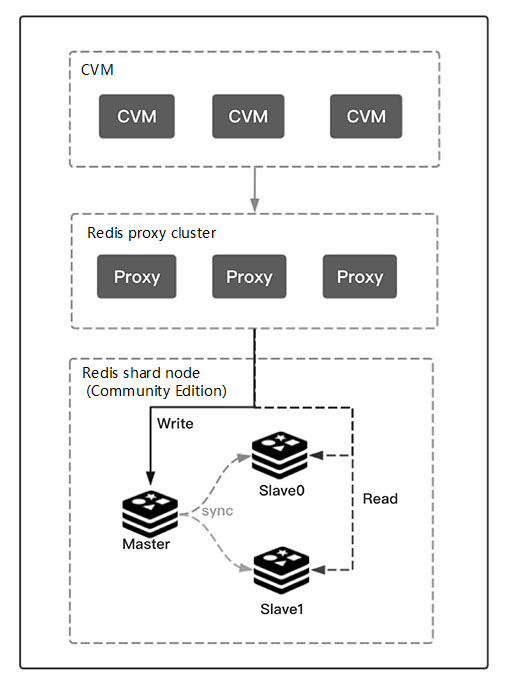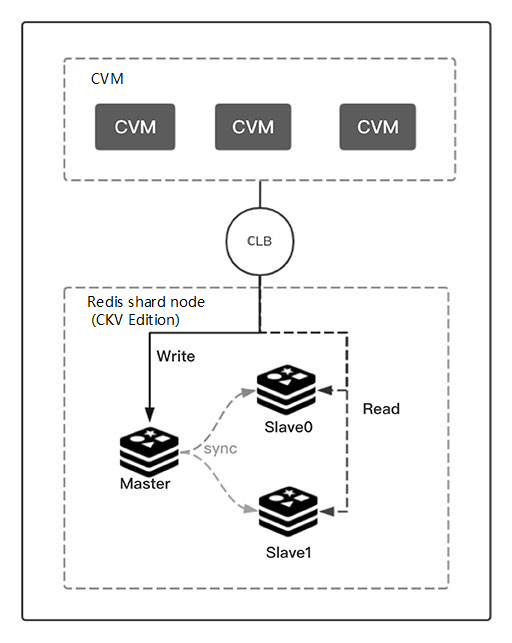TencentDB for Redis®
- Release Notes and Announcements
- Product Introduction
- Product Series
- Purchase Guide
- Getting Started
- Operation Guide
- Access Management
- SDK Connection
- Daily Instance Operation
- Upgrading Redis Edition Instances
- Managing Redis Edition Nodes
- Multi-AZ Deployment Management
- Backup and Restoration
- Downloading Redis Edition Backups
- Data Migration for Redis Edition Instances
- Account and Password (Redis Edition)
- Parameter Configuration
- Redis Parameter Operations
- Network and Security
- Monitoring and Alarms
- Redis Edition Event Management
- Global Replication for Redis Edition
- Performance Optimization
- Development Guidelines
- Connection Pool Configuration
- Command Reference
- Commands Supported by Different Versions
- Additional Command Operations in the Redis Edition
- Troubleshooting
- Connection Exception
- Performance Troubleshooting and Fine-Tuning
- Practical Tutorial
- API Documentation
- Making API Requests
- Instance APIs
- Parameter Management APIs
- Other APIs
- Backup and Restoration APIs
- Monitoring and Management APIs
- Service Agreement
Read/Write Separation
Last updated: 2024-11-05 10:05:51
TencentDB for Redis® supports read-write separation for business scenarios with more reads but less writes, which can well cope with read requests concentrating on frequently read data. It supports up to 1-master 5-replica mode to offer 5x read performance.
How It Works
Memory Edition
Read/write separation principle: TencentDB for Redis® v4.0 and later in standard architecture or cluster architecture implement automatic read/write separation at the Proxy layer.
Read-write separation weight: after read/write separation is enabled, Proxy will enable access by directing write requests to the master node only and distributing read requests evenly on replica nodes.

CKV Edition
Read/write separation principle: CKV Edition inherently supports the read/write separation architecture. All requests are distributed to nodes in clusters through the CLB gateway, and each node has the global slot routing information. After read/write separation is enabled for a node, if the read key hits it, the data will be read directly and returned; otherwise, the request will be forwarded to the corresponding node according to the routing information, which will read the data and return it to this node for final return to the client.
Read/write separation weight: requests in the CKV Edition are distributed by CLB, so read and write weights are evenly distributed according to the quadruple of the TCP connection (source IP, source port, destination IP, and destination port).

Was this page helpful?
You can also Contact Sales or Submit a Ticket for help.
Yes
No

